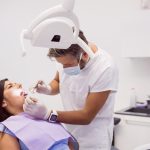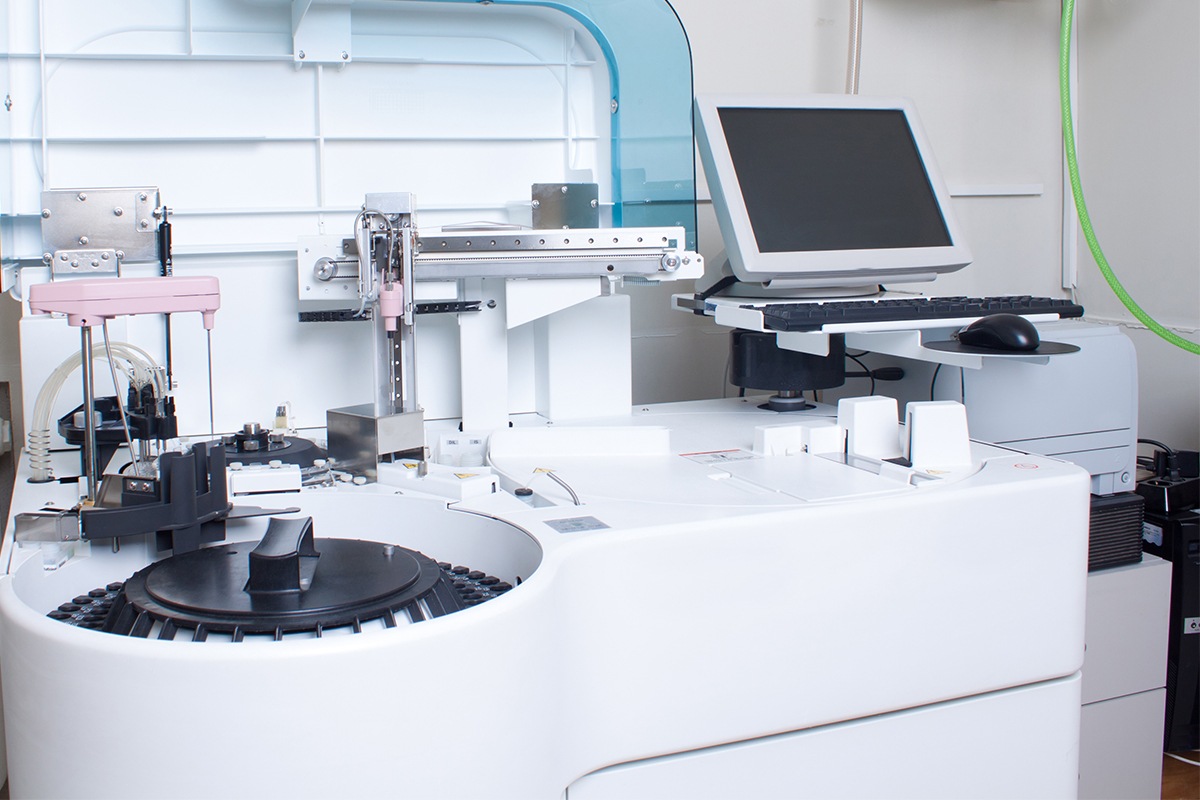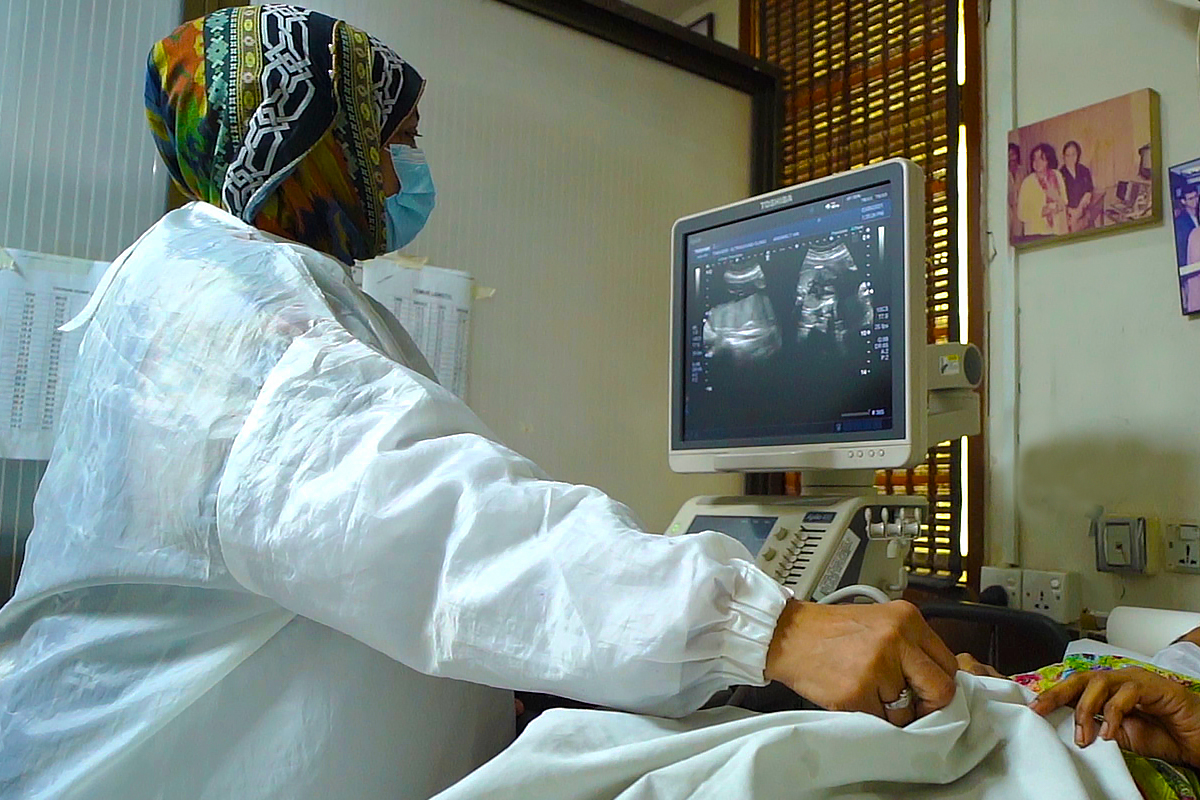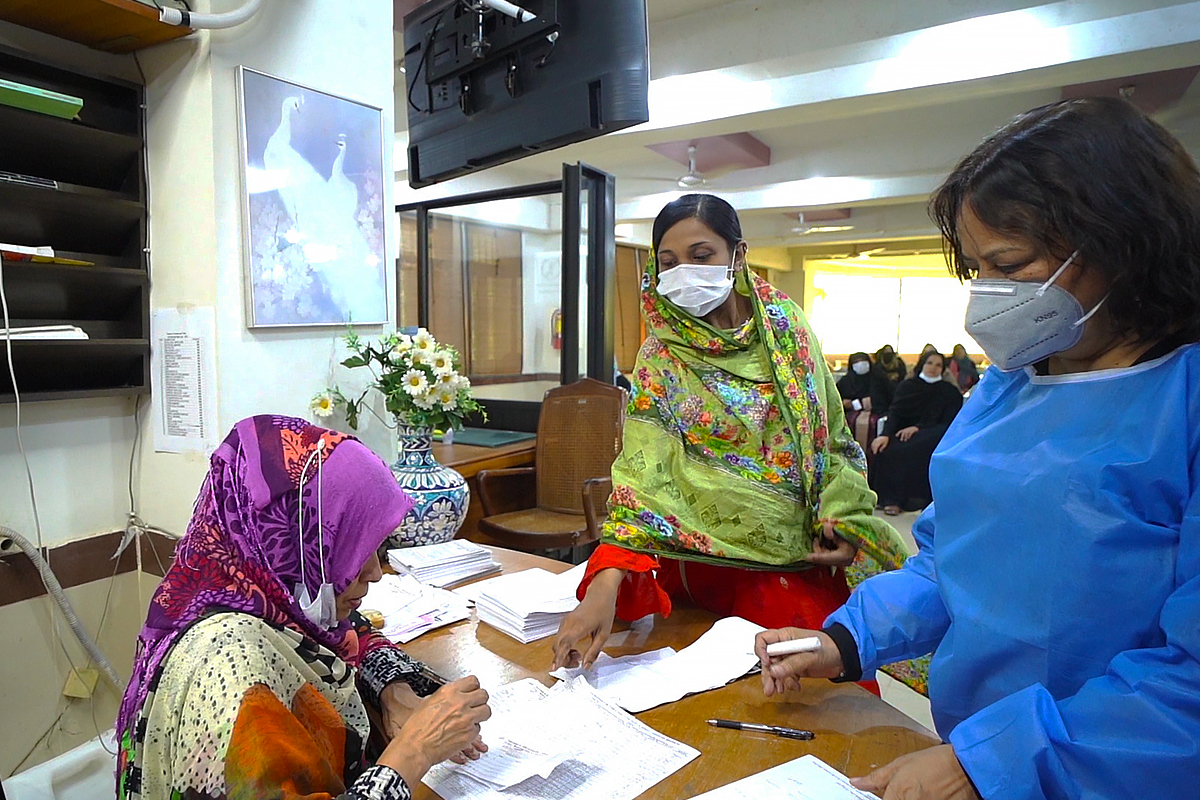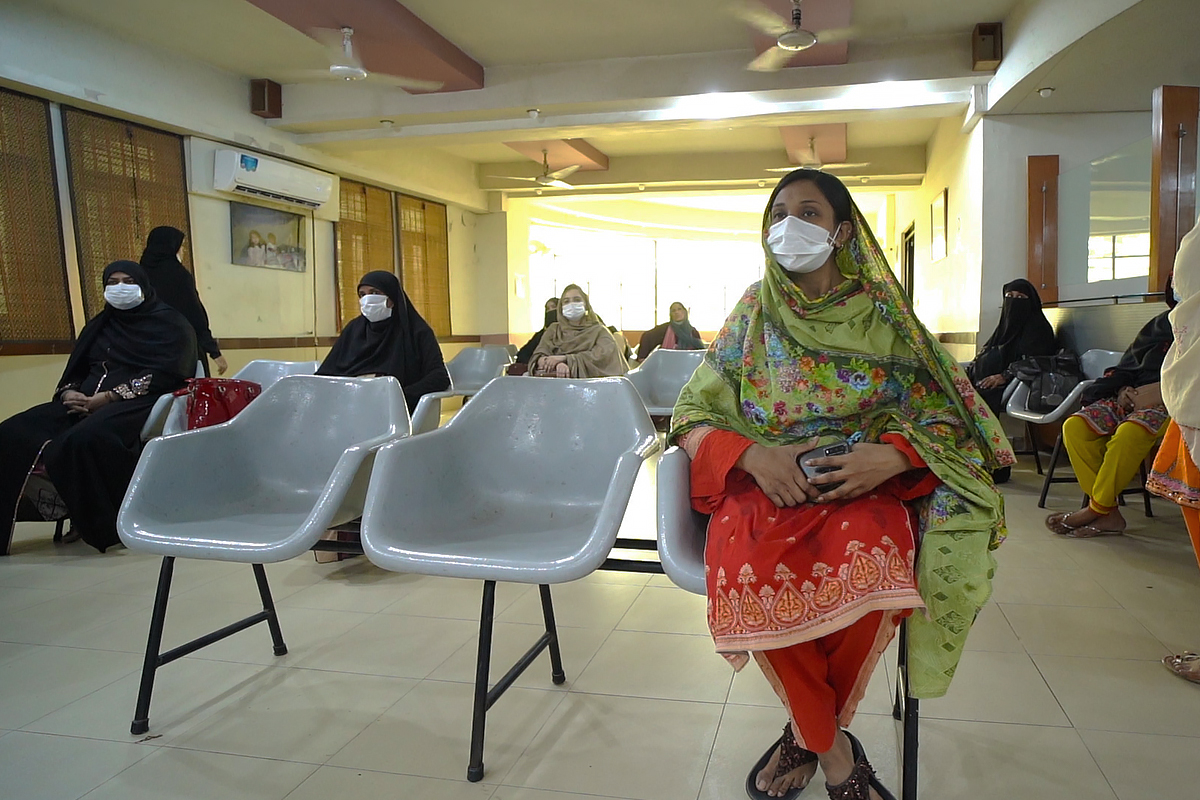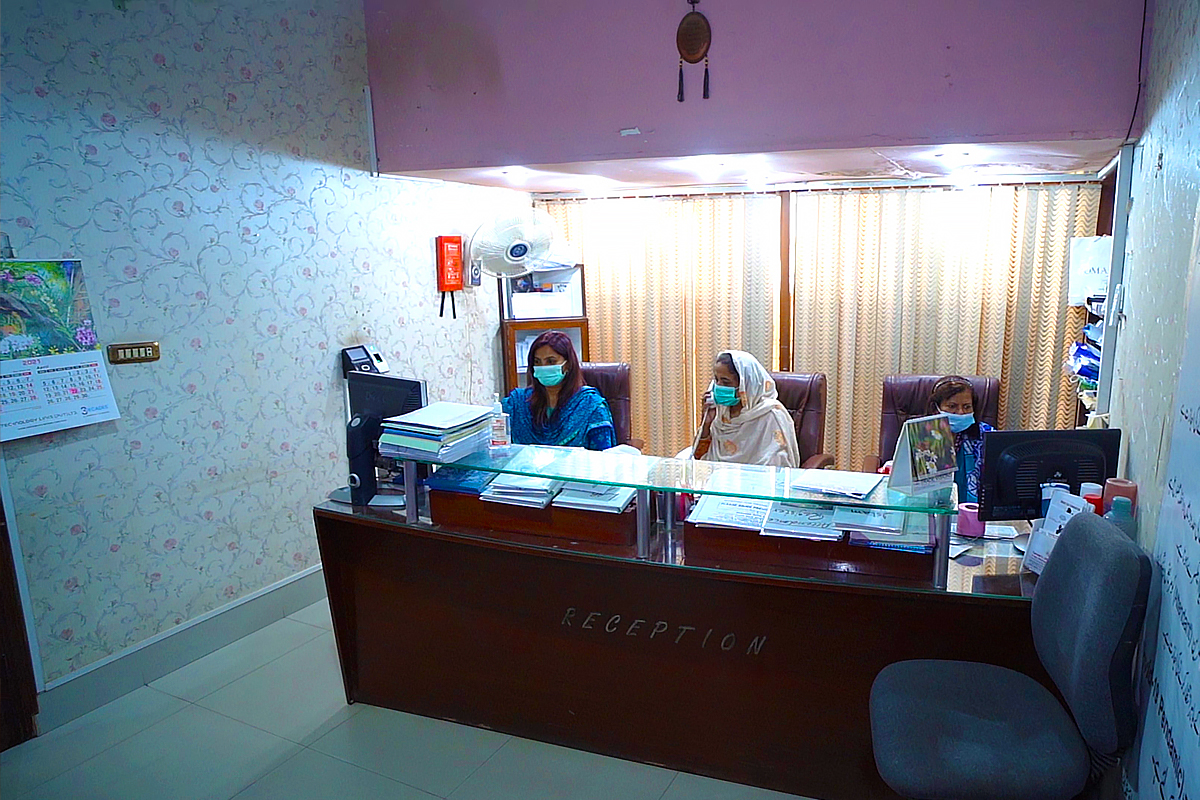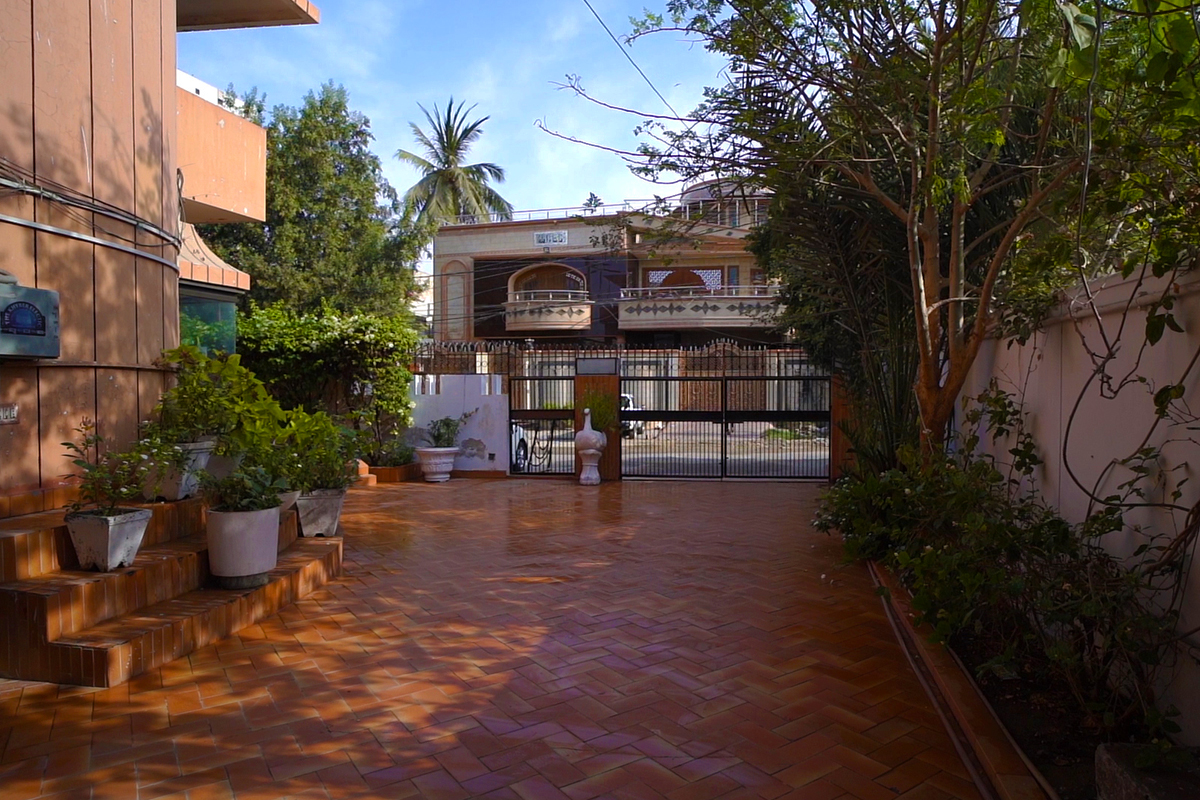Regular breast self-exams are an important way for women to monitor their breast health. Although these self-exams do not replace professional screenings such as mammograms or clinical evaluations, they can help detect early changes in breast tissue.By becoming familiar with the normal look and feel of your breasts, you are more likely to notice changes that could indicate a problem, such as breast cancer.
Here’s a step-by-step guide to performing a self-breast exam at home.
Step 1: Visual Inspection in Front of a Mirror
Stand undressed from the waist up in front of a mirror with your arms at your sides. Carefully examine both breasts for any noticeable changes in size, shape, or symmetry. Look for any signs of dimpling or irregularities in the skin texture, as well as swelling or visible lumps. Examine the nipples for any signs of inversion, discharge, or irregularities in their position.
Next, raise both arms above your head and repeat the visual inspection from different angles. This allows you to better observe any subtle changes that might not be apparent from a single view.
Step 2: Palpation While Standing
The second phase of the self-exam involves feeling the breast tissue for any lumps or abnormalities. This can be most easily done while standing, particularly in the shower, as soapy skin allows for smoother movements. Using the pads of your fingers, not your fingertips, begin at the top of your breast and move in small, circular motions, applying light, medium, and firm pressure to reach different layers of tissue.
There are several patterns you can choose to explore your breasts.
Use varying levels of pressure—light pressure for the skin and tissue just beneath the surface, and firmer pressure to feel the deeper tissue. Make sure to cover the entire breast, moving from top to bottom, side to side, and from your collarbone to the top of your abdomen.
Don’t forget to check the area around your armpits, as breast tissue extends there and lumps can develop in this region as well.
Step 3: Check While Lying Down
Lie down on your back, which allows the breast tissue to spread more evenly across the chest, making it easier to feel for abnormalities. Place a pillow under your right shoulder and extend your right arm behind your head. With your left hand, use the same circular motions as described earlier to examine the right breast. Repeat these steps on your left breast using your right hand.
Ensure you thoroughly examine all areas of both breasts, including the nipple and surrounding tissue.
When to Seek Medical Advice
It’s important to remember that not all lumps or changes are signs of cancer. Many women experience benign (non-cancerous) lumps due to hormonal changes, especially around their menstrual cycle.
It is essential to consult a healthcare provider if you notice any of the following:
- A new lump or thickening that feels different from surrounding tissue
- Changes in the size, shape, or appearance of a breast
- Persistent nipple discharge, especially if bloody
- Skin changes such as redness, dimpling, or scaling
Prompt evaluation by a medical professional is key in determining whether further testing or treatment is necessary.
At Tanveer Ultrasound Clinic, we offer expert mammography services using state-of-the-art technology to aid in the early detection of breast cancer. Contact us today to schedule your professional breast screening and take control of your health.



